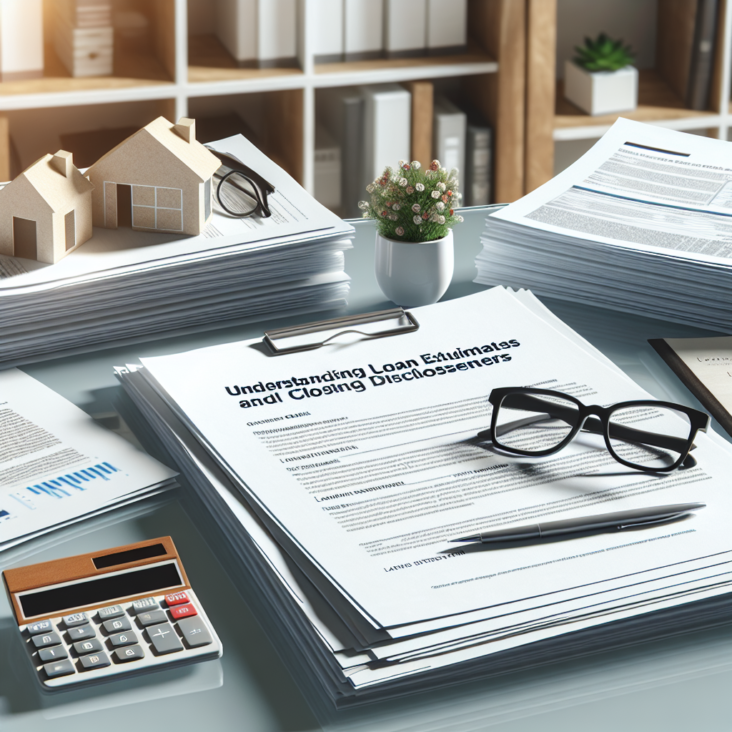Introduction
In the world of home buying, understanding the financial documentation involved is crucial. Two of the most important documents you will encounter are the Loan Estimate and the Closing Disclosure. These documents play a pivotal role in helping you make informed decisions about your mortgage. In this guide, we will explore the ins and outs of Loan Estimates and Closing Disclosures, their significance, and how to interpret them effectively.
What is a Loan Estimate?
A Loan Estimate is a three-page document that provides you with important details about the mortgage loan you have applied for. The purpose of the Loan Estimate is to help you understand the loan’s key features, costs, and risks. The lender must provide you with a Loan Estimate within three business days of receiving your loan application.
Key Components of a Loan Estimate
| Section | Description |
|---|---|
| Loan Terms | Details the amount, interest rate, and monthly payment. |
| Projected Payments | Shows estimated monthly payments over the life of the loan. |
| Costs at Closing | Summarizes estimated closing costs and cash required at closing. |
Understanding Closing Disclosures
A Closing Disclosure is a five-page document that details the final terms and costs of your mortgage loan. You should receive this document at least three business days before your closing date. It is essential to review it carefully to ensure that it matches the Loan Estimate and that you understand all the terms.
Key Components of a Closing Disclosure
- Loan Terms: Confirms the loan amount, interest rate, and monthly payments.
- Projected Payments: Breaks down the monthly payments over the loan term.
- Closing Costs: Details all the fees and charges you need to pay at closing.
- Loan Calculations: Provides critical figures such as the total payments and finance charges.
- Contact Information: Lists the contact details for your lender and settlement agent.
Comparing Loan Estimates and Closing Disclosures
When you receive your Closing Disclosure, it is crucial to compare it against the Loan Estimate you initially received. Here are some steps to follow:
- Check that the loan amount, interest rate, and monthly payment remain consistent.
- Ensure that the closing costs are close to what was estimated.
- Verify that all lender and third-party fees are accurately listed.
Importance of Accurate Documentation
Accurate Loan Estimates and Closing Disclosures are vital for several reasons:
- Transparency: They provide transparency into the costs associated with obtaining a mortgage.
- Comparison: They allow you to compare offers from different lenders effectively.
- Budgeting: They help you budget for the costs involved in purchasing a home.
Common Mistakes to Avoid
Errors in Loan Estimates and Closing Disclosures can lead to financial surprises. Here are some common mistakes to avoid:
- Not reviewing documents thoroughly.
- Failing to ask questions about unclear terms.
- Overlooking discrepancies between documents.
Conclusion
Understanding your Loan Estimate and Closing Disclosure is crucial for a smooth home buying process. By familiarizing yourself with these documents, you can make informed decisions, avoid unexpected costs, and ensure a successful transaction. Always take the time to review these documents carefully and seek clarification on anything you do not understand.




